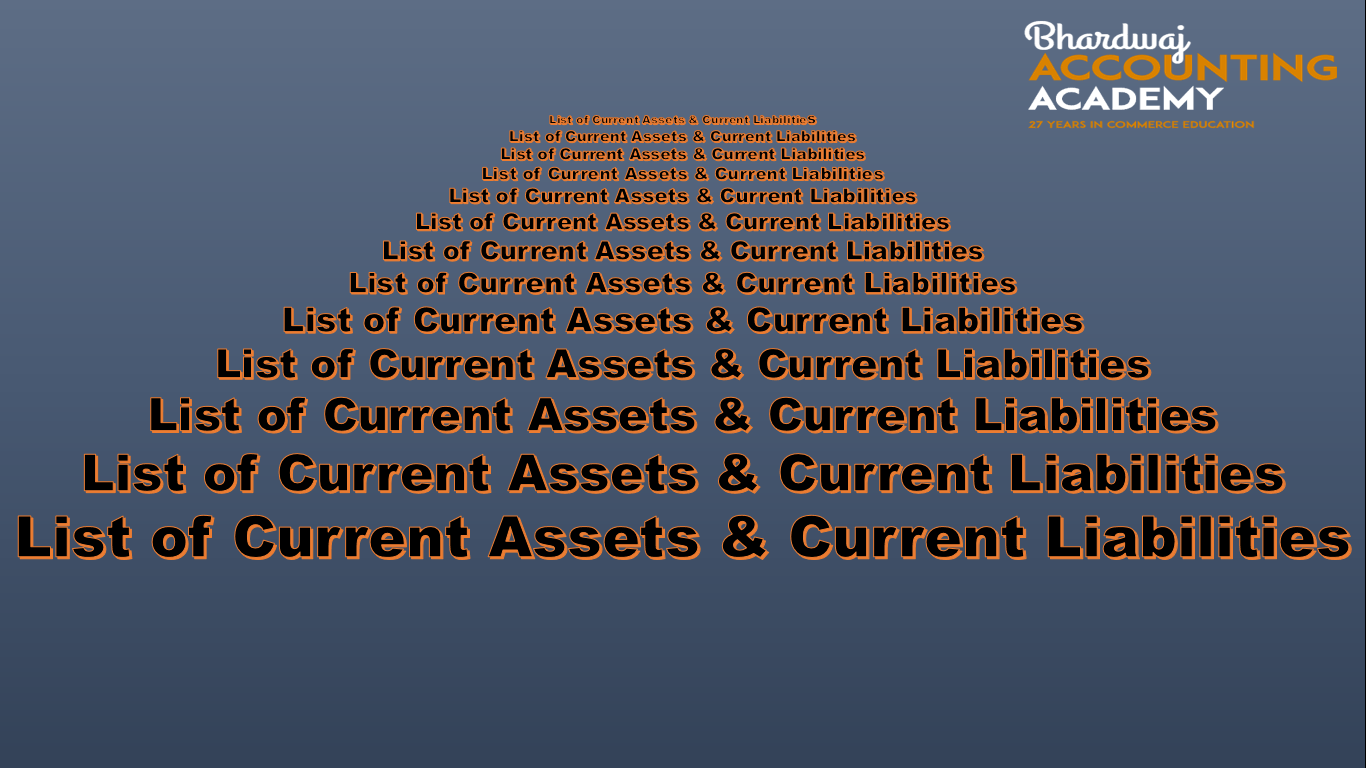
Since the firm is obligated to perform the service or provide the goods, this advance payment is a liability. The current ratio is most useful when measured over time, compared against a competitor, or compared against a benchmark. This is once again in line with the current ratio from 2021, indicating that the lower ratio of 2022 was a short-term phenomenon.
Balance Sheets Are Subject to Several Professional Judgment Areas That Could Impact the Report
Because of this, managers have some ability to game the numbers to look more favorable. Pay attention to the balance sheet’s footnotes in order to determine which systems are being used in their accounting and to look out for red flags. Regardless of the size of a company or industry in which it operates, there are many benefits of reading, analyzing, and understanding its balance sheet. Some companies issue preferred stock, which will be listed separately from common stock under this section.
Owners’ Equity
Balance sheets also play an important role in securing funding from lenders and investors. It also yields information on how well a company can meet its obligations and how these obligations are leveraged. It is also possible that some receivables are not expected to be collected on.
How to calculate total assets

Ironically, the industry that extends more credit actually may have a superficially stronger current ratio because its current assets would be higher. To calculate the ratio, analysts compare a company’s current assets to its current liabilities. While an asset is something a company owns, a liability is something it owes. Liabilities are financial and legal obligations to pay an amount of money to a debtor, which is why they’re typically tallied as negatives (-) in a balance sheet.
Our Team Will Connect You With a Vetted, Trusted Professional
This could indicate increased operational risk and a likely drag on the company’s value. The accounting formula (also known as the basic accounting equation) is a way to calculate what a company is worth. The value of these items are summed up and listed on the balance sheet under the inventory category. This includes products sold for cash and resources consumed during regular business operations that are expected to deliver a cash return within a year. You simply add up all of the cash and other assets that can easily convert into cash in a year. Now that we know the different types of current assets, let’s look at the current assets formula.
Noncurrent assets
Noncurrent assets are long-term investments that the company does not expect to convert into cash within a year or have a lifespan of more than one year. Current Assets is always the first account listed in a company’s balance sheet under the Assets section. It is comprised of sub-accounts that where do i put my union dues make up the Current Assets account. For example, Apple, Inc. lists several sub-accounts under Current Assets that combine to make up total current assets, which is the value of all Current Assets sub-accounts. Conversely, companies might use accounts payables as a way to boost their cash.
- Current assets appear on a company’s balance sheet and include cash, cash equivalents, accounts receivable, stock inventory, marketable securities, prepaid liabilities, and other liquid assets.
- By looking at the sample balance sheet below, you can extract vital information about the health of the company being reported on.
- This financial statement lists everything a company owns and all of its debt.
- Other liquid assets include any other assets which can be converted into cash within a year but cannot be classified under the above components.
They’re recorded in the short-term liabilities section of the balance sheet. The current liabilities of Company A and Company B are also very different. Company A has more accounts payable, while Company B has a greater amount in short-term notes payable.
Current assets usually appear in the first section of the balance sheet and are often explicitly labelled. Accounts receivables are any amount of money customers owe for purchases of goods or services made on credit. These outstanding customer balances are expected to be received within one year.

